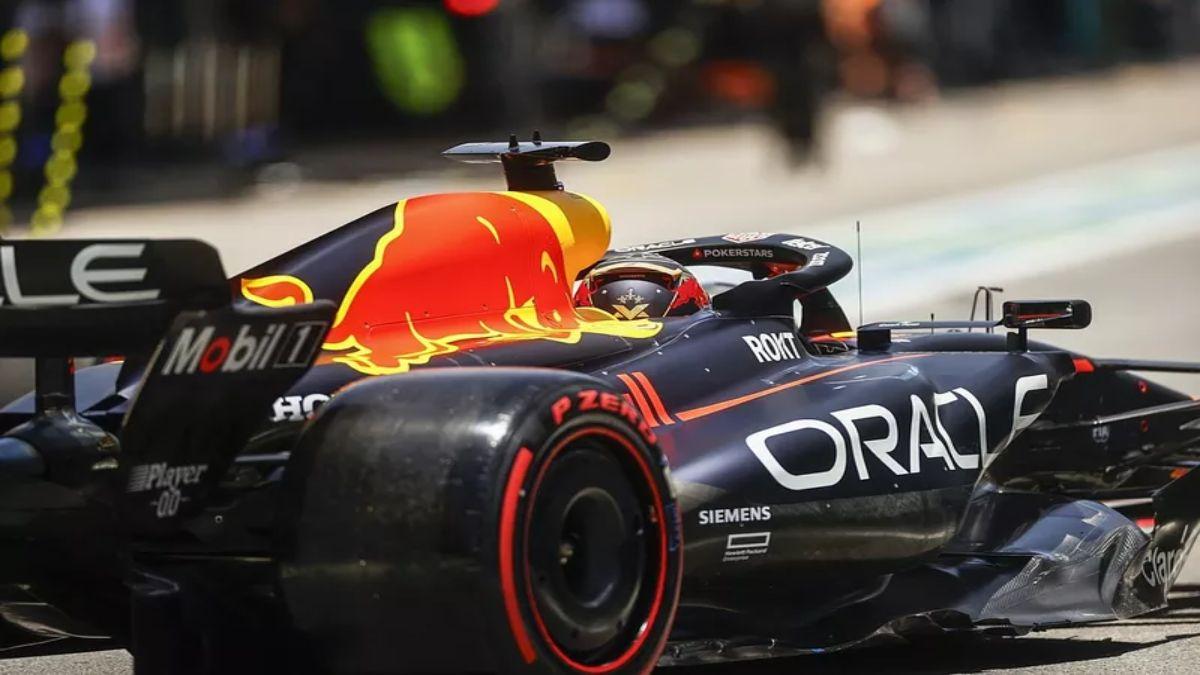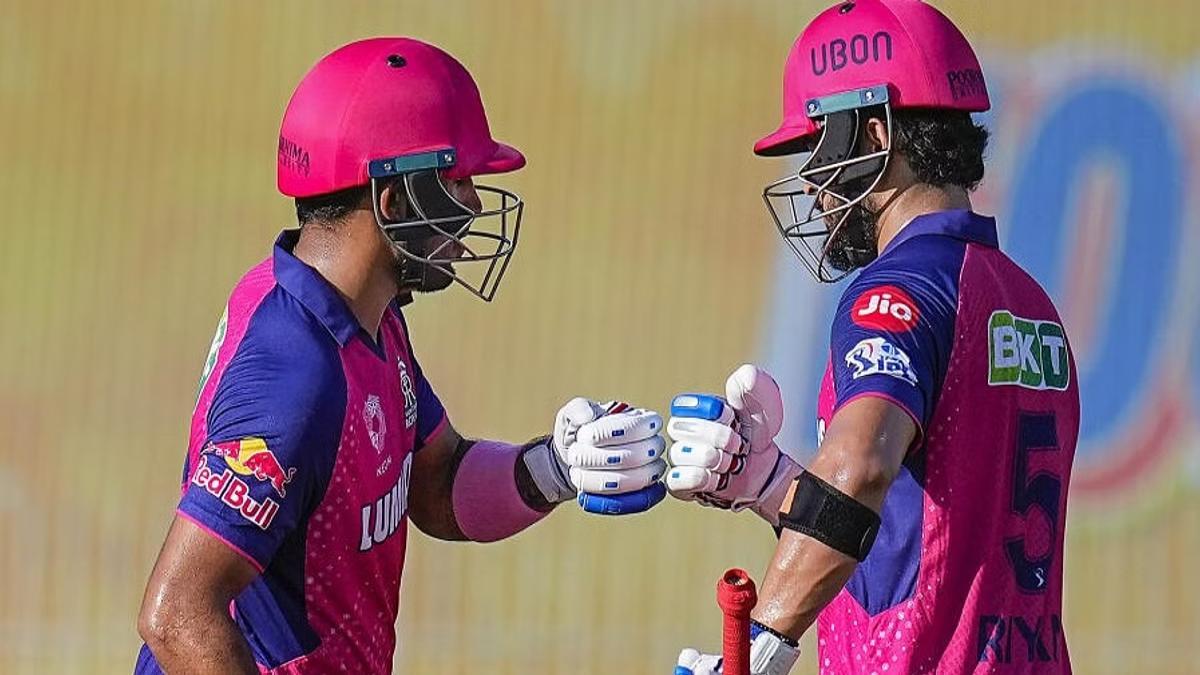(Motorsports news) Although the team had a string of victories in the interim, it was not going to tolerate a recurrence of what happened at Interlagos 12 months earlier, which had opened the door for Mercedes. While Red Bull’s RB19 plainly has a far larger performance advantage over the competition than its predecessor, there were apparent lessons learned from 2022 that were incorporated this time around.
From the outside, the most visible difference is between the RB18 and RB19 rear and beam wing layouts. Red Bull demonstrate a change in approach in how downforce at the back of the car is balanced between the beam and the rear wing compared to a year ago. The rear wing construction has already changed this season, as seen in the comparative image above, with a broader middle span for the mainplane before it tapers to a more tightly wrapped transition with the endplate.
The height of the upper flap, on the other hand, remains constant throughout its span, with a teardrop-shaped flap pivot used to aid flow distribution as the flap merges with its open-ended tip section. This is yet another new feature introduced this season to aid in the exchange of downforce and drag. In 2022, Red Bull chose one of its highest downforce beam wing configurations, and while it still used a two element option this season, it’s evident that it was a much more unloaded variety.
The fact that there looked to be a dispersion of downforce levels around the field was noteworthy, according to chief engineer Paul Monaghan, but there were other things that Red Bull had adjusted for this year. “There’s a reasonable spread in this field, from what I can tell, of different downforce levels,” he went on to say. “And if you look at the pictures of last year’s car and this year’s car, one will stand out quite clearly.”
“The nuanced differences in how we’ve chosen to operate the size differ from last year.” That is our choice, and the implications are obvious. “Believe it or not, the changes are fairly subtle. It’s not like, ‘Oh my God, rip it all up and start again.’ “But the nice thing is all the theories that sort of surrounded last year’s performance here look like they’ve borne fruit.”
Diffuser Design:
given opponents continue to investigate why the RB19 appears to be so good, there has been a growing emphasis on its floor and diffuser design, given this is such an important region for car performance. One notable alteration from the Spanish Grand Prix this season was Red Bull pinching the upper corner of the diffuser inwards (red arrow).
This was an idea inspired by what Williams had done, demonstrating that no team should ever disregard what slower rivals are up to because they can have some really solid ideas. This pinch concept affects airflow and pressure distribution both inside the diffuser and as it flows into that corner. It was also necessary for the team to discover the correct geometries not just for the pinched section, but also for the diffuser’s sidewall and the ramping ceiling (seen below).

The right-hand inset (above) shows the adjustment made to the ceiling contours, with a narrower but longer expansion channel along the trailing edge. However, in order to accommodate this additional volume within the diffuser, concessions on the floor’s upper surface must also be made, with a wedge-shaped blister developed (left inset).
Also read: Albon: “Number one” start in F1 field resulted in crash in Brazil












